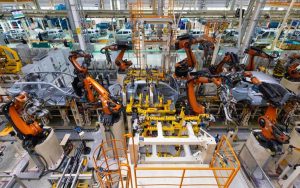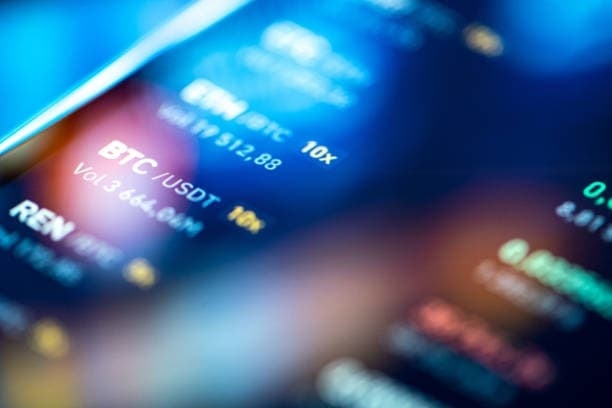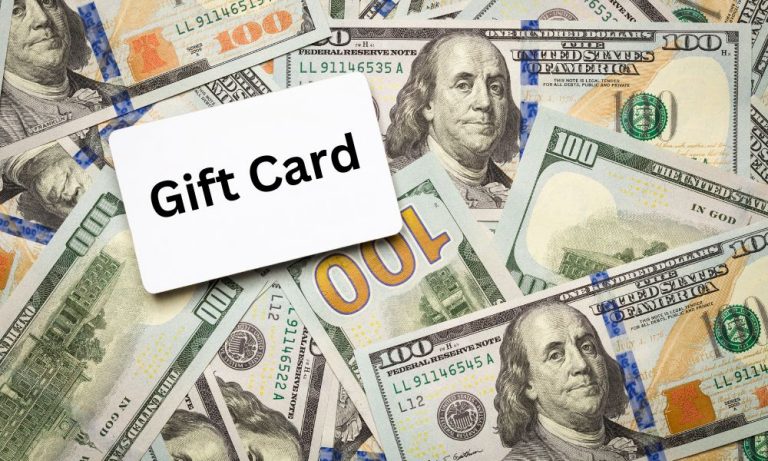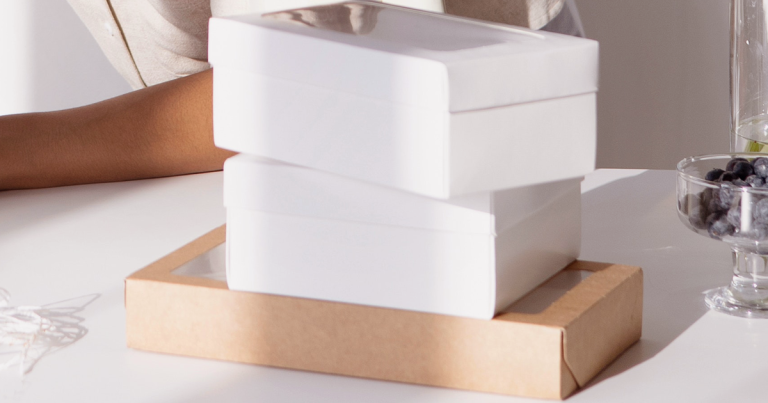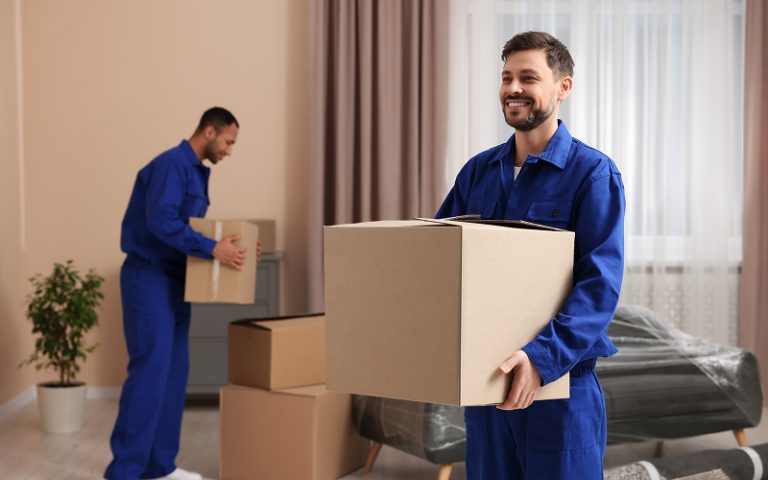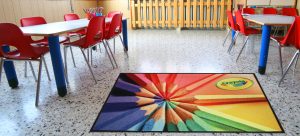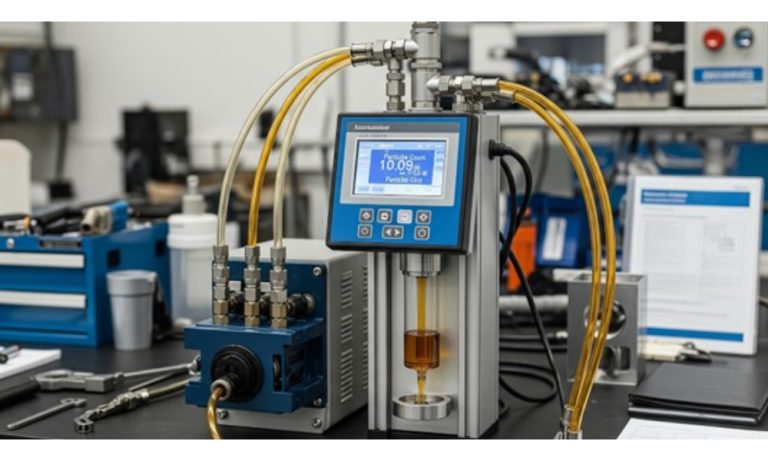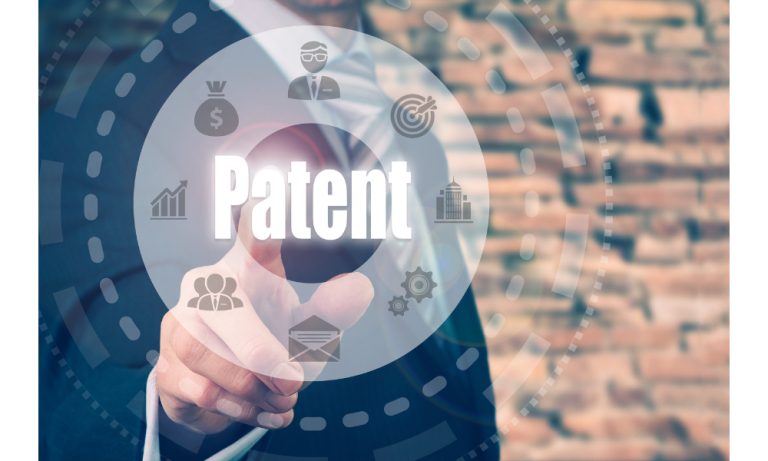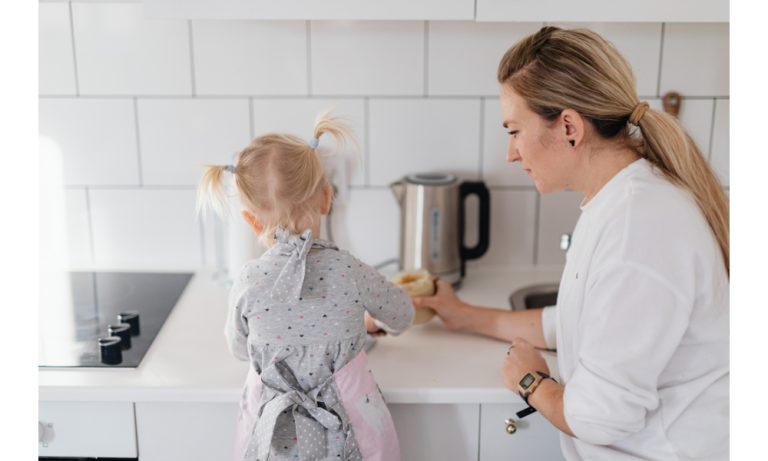Buying a new house should be exciting no matter your situation. Even when you don’t have up-front funds for a down payment, you have options. Zero-down mortgages can help you achieve your dreams, whether you are looking to purchase a second home without disturbing your savings or a first-time buyer looking for a more cost-effective option.
Home loan needs vary, and zero-down mortgages make buying a home more accessible for more people. Here’s what you need to know about them:
What Is a Zero-Down Mortgage?
Taking out a conventional mortgage usually involves paying a percentage of the purchase price up front, with the rest of the amount financed through the mortgage loan. The higher the down payment, the less you have to borrow.
The traditional down payment amount is 20 percent. For instance, if you want to buy a house for $300,000, a 20 percent down payment is $60,000, paid at closing. You only borrow $240,000. For lenders, a down payment helps to redistribute the risk of lending, since you are already invested in the house and less likely to default on loan payments.
Saving up such a huge chunk of cash may not be possible for everyone. So a no-down payment mortgage is a great alternative to the traditional mode of financing. As the name suggests, it involves paying zero money up front, which allows you to finance the entire purchase price through a mortgage. Apart from standard closing costs and lender fees, you don’t have to pay anything else at closing.
How to Qualify for One
Zero-down mortgages are currently available primarily to borrowers who fulfill qualification criteria stipulated by lenders. This may include having a minimum credit score, sufficient income, and minimal outstanding debts, though the exact requirements will vary from lender to lender. Individual lenders will also vary in their features, with different closing costs, mortgage rates, private mortgage insurance (PMI) requirements, and so forth. Shop around for a loan that meets your needs.
Apart from approaching lenders themselves, the easiest way to get a no-down-payment mortgage loan is by applying for a government-backed loan. For instance, USDA home loans are backed by the US Department of Agriculture and available to borrowers in select rural and suburban locations. Those with a high credit score (usually 640 and above) qualify directly for streamlined processing through local lenders, while those with a lower credit score can provide rental and utility payment histories in support of their application. USDA home loans must be used for a single-family unit that is your primary residence, and the total gross income of the household should be less than 115% of the median income of the county where your home is located.
Those in active military service, veterans, and eligible family members can apply for VA home loans that are structured as no-down-payment mortgages. In some cases, in addition to the waiver of the down payment, the funding fee for such loans is included within the sanctioned loan amount.
What Are the Benefits and Risks Associated With No Down Payment Loans?
The biggest advantage of opting for a no-down-payment mortgage is you can become a homeowner without dipping into your savings or selling assets first. You don’t have to wait until you have saved enough money for a down payment. You can own a house sooner than expected and focus on building your equity.
You enter a level playing field with zero down, as it makes home ownership achievable even if you have limited funds. It also means that you have additional cash at your disposal for other expenses, such as paying for furnishings or refurbishments of the house or meeting any unexpected financial emergency.
A word of caution: ensure that you have sufficient cash flow to service the monthly mortgage payments regularly. Defaulting on monthly loan installments has adverse consequences, such as bringing down your credit score or resulting in foreclosure.
There are other risks as well. When mortgage rates rise and you don’t have a down payment, the interest rate of the loan and the monthly loan payments can be significantly higher. Taking stock of your current liabilities and cash flows is imperative.
Furthermore, the absence of a down payment also means you have no equity in the house when you close the transaction. Lack of outright ownership may result in lenders flagging you as a high-risk borrower. Also, if the value of the property decreases, your outstanding debt may be more than what the house is worth, forcing you to sell it at a loss.
Also keep in mind that with a zero-down mortgage, you’ll also need to furnish private mortgage insurance (PMI), usually 0.5 to 2 percent of the entire loan amount. This can increase the total cost of monthly loan payments, so talk to potential lenders about their rates.
Buying a Home Doesn’t Have to Wait
Down payment is often the biggest obstacle between potential buyers and owning their own homes. If saving up for years is not an option, or you just don’t want to wait to own a home, considering a no-down-payment loan is worthwhile. After all, emptying your entire savings to pay for the down payment doesn’t make sense if there is a viable alternative available.
If a zero-down mortgage sounds like a good fit for you, start out by taking the time to review your options and pick an offer with favorable terms. Are you eligible for a government-backed loan? Would you prefer to work directly with a lender? Look at mortgage rates, closing costs, and PMI requirements. You can even get pre-approved by multiple lenders to get a good idea of what they can offer you.
Solarity Credit Union zero-down mortgages offer well-qualified buyers reduced PMI and waived lender fees, competitive rates, and quick pre-approval. They also offer USDA home loans for buyers who fulfill the income and location criteria. Talk to a Solarity Home Loan Guide to discuss your options and get pre-approved.

